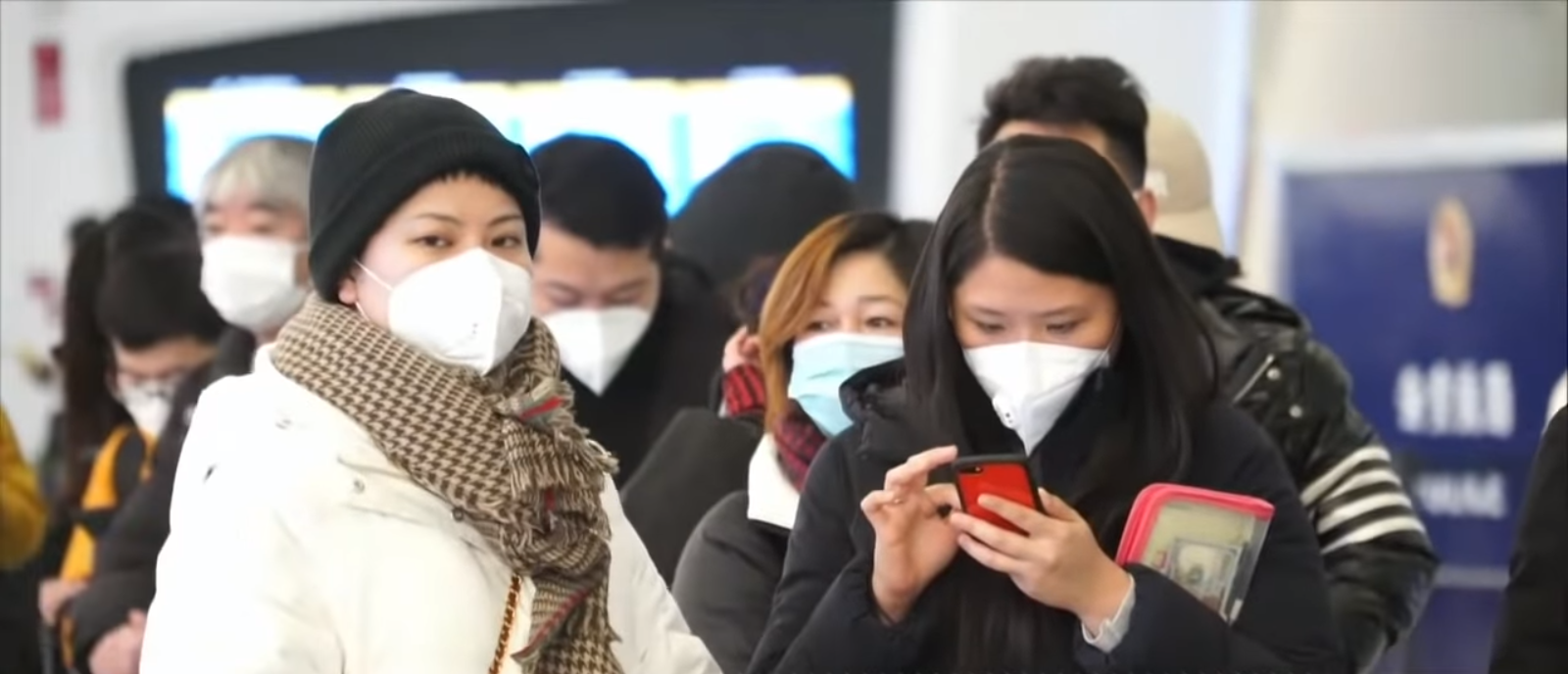2/3/20 Update: As of Feb. 2, 17,205 infections have been reported worldwide. There have been 361 deaths in mainland China, eclipsing the 2002-03 SARS outbreak (341 deaths), and 475 of those infected have made a full recovery. There are currently 11 confirmed cases of the virus in the U.S.
Infectious disease experts say the outbreak is likely to become classified as a pandemic (an ongoing epidemic on two or more continents), but aren’t sure how devastating it will be overall.
Original Article: On Jan. 27, The Centers for Disease Control and Prevention and the U.S. State Department expanded their travel advisories to cover all of China due to the coronavirus outbreak.
The CDC issued a Level 3 travel notice warning to China, recommending that travelers avoid all unessential travel to China, due to the coronavirus outbreak. Previously, only the city of Wuhan, where the disease originated, was rated a Level 3. The rest of China was rated at Level 2, which recommends that travelers practice enhanced precautions.
However, last week Wuhan was issued a Level 4 travel notice warning. This prohibits anyone from traveling to the city.
With medical professionals unsure of how to treat the new coronavirus, the outbreak is spreading rapidly.
Coronaviruses are transmitted through animals, which is why they are so dangerous to humans. These viruses are generally unfamiliar to us and thus unpredictable. Often times, coronaviruses are contagious through coughing, sneezing and physical contact.
Examples of coronaviruses include Severe Acute Respiratory Syndrome (SARS) and Middle Eastern Respiratory Syndrome (MERS). Although MERS was transmitted to humans through dromedaries, a species of camel, the original hosts for both coronaviruses are believed to be bats.
In 2002, SARS spread to 37 different counties, infecting more than 8,000 people, and killing over 780. MERS, on the other hand, isn’t as easily spread but is more deadly. According to USA TODAY, the disease has killed about 35% of the 2,500 people that have been infected.
Related Articles
The State Department has advised that anyone who must travel to China (excluding Wuhan) should avoid animals and animal markets, avoid contact with those infected by the virus and frequently wash their hands with soap and water for at least 20 seconds.
The new strain of coronavirus has been named 2019-nCoV and was first identified in late December in employees and frequent shoppers at the Huanan Seafood Wholesale Market in Wuhan. The market sold live and newly slaughtered animals. On Jan. 1, the market was shut down.
Severe symptoms of 2019-nCoV include a high fever, difficulty breathing, impaired liver and kidney function, kidney failure and pneumonia. Common symptoms include a dry cough, mild difficulty breathing, gastrointestinal issues, diarrhea, and body aches.
Since its outbreak in Wuhan, the coronavirus had spread to various countries throughout Asia, as well as the US, Australia, France, Canada and Germany. However, all deaths related to the coronavirus have been in China.
In the United States, five cases have been confirmed. The first case was a Washington state man who had just returned from Wuhan on Jan. 15. Other cases have been confirmed in Illinois, California, and Arizona, and as recently as this past week a there was a scare at Miami University in Oxford, Ohio, where at the time of print authorities were still awaiting test results.
In an effort to contain the virus, Chinese authorities have suspended all outbound transportation from Wuhan. The death toll in China has now reached 106, with over 4,515 infected with the coronavirus. Additionally, 17 Chinese cities have imposed lockdowns affecting 50 million people.
To make matters worse, China’s National Health Commission says that the virus is infectious before symptoms show.
Ogbonnaya Omenka, an assistant professor and public health specialist at Butler University’s College of Pharmacy and Health Sciences, claims that this makes the coronavirus more problematic.
“This poses additional challenges,” Omenka told USA TODAY. “Now we’re looking at both the identified cases and the traced contacts needing to be isolated to ensure the contacts do not keep spreading the virus unwittingly.”
Some are also concerned about the impact the coronavirus will have on tourism and travel. Many businesses, airlines, and tourist attractions rely on travel between the US and China. This is bound to affect many industries, especially since the outbreak is occurring during the Lunar New Year, one of the biggest travel seasons in Asia.
To put this into perspective, in 2019, China accounted for 16.3% of world economic input, according to the International Monetary Fund. Before the outbreak, the China Outbound Tourism Research Institute predicted that about 7 million Chinese would travel abroad for the Lunar New Year this year.
The Chinese government extended the Lunar New Year holiday period by three days to ease families as millions of Chinese returned home from visiting family and tourist sites outside the country. Top destinations included Hong Kong, Thailand, Japan, Vietnam, Paris, Milan and New York.
Kayleigh DeLaet
Reporter

